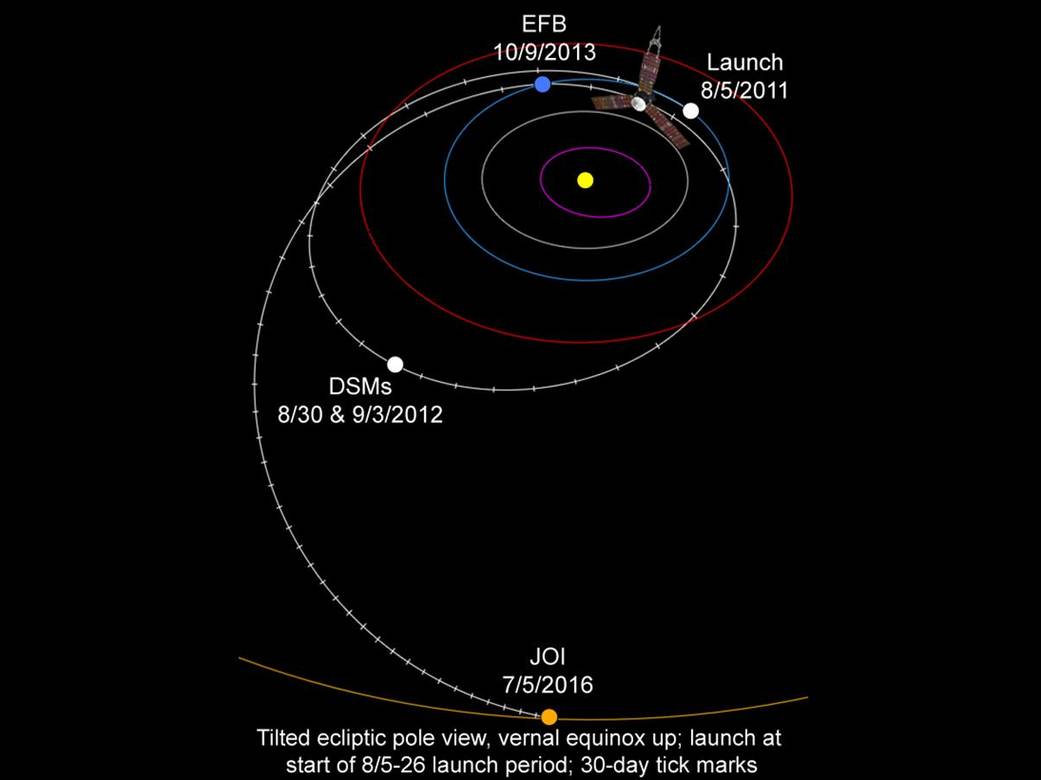Solar wind discontinuities spatial evolution in the outer heliosphere
Publications
Introduction
Juno Orbit
- Five-year cruise to Jupiter from 2011 to 2016
- One earth flyby in 2013
- Nearly the same Heliographic latitude as Earth
Motivations
Studying the radial distribution of occurrence rate, as well as the properties of solar wind discontinuities may help answer the following questions:
How does the discontinuities change with the radial distance from the Sun?
How is solar wind discontinuities formed? What is the physical mechanisms?
Generated at or near the sun?
Locally generated in the interplanetary space by turbulence?
Joint observations of JUNO & ARTEMIS & Other missions really provides a unique opportunity!!!
To eliminate the effect of the solar wind structure, we use data from other missions (mainly at 1AU) to provide a way of normalization.
Dataset, models, and methods
Results
Occurrence rate
Properties
Conclusion
The normalized occurrence rate of interplanetary discontinuities (IDs) decreases with radial distance from the Sun, following a \(1/r\) relationship.
The thickness of IDs increases with radial distance, but when normalized to the ion inertial length, the thickness decreases.
The current density of IDs decreases with radial distance, but when normalized to the Alfvén current, the current density of IDs increases.
The distribution of the normalized thickness and current density of IDs remain constant over time at 1 AU on a yearly scale.








